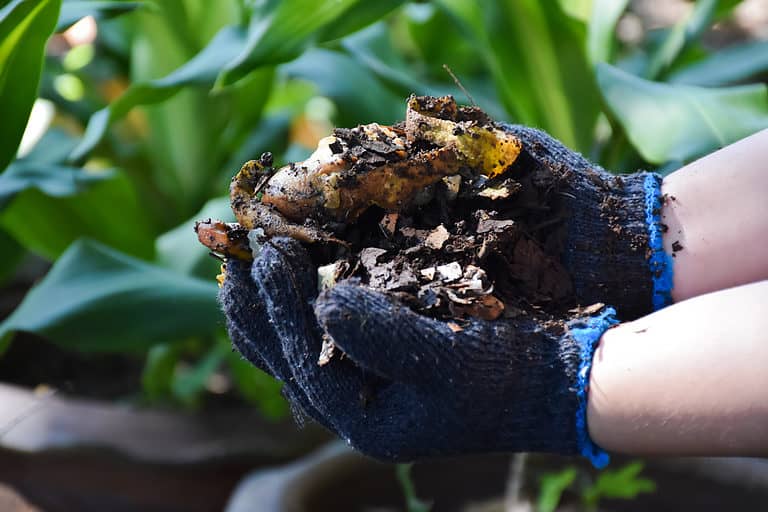How to Store a Year’s Worth of Food
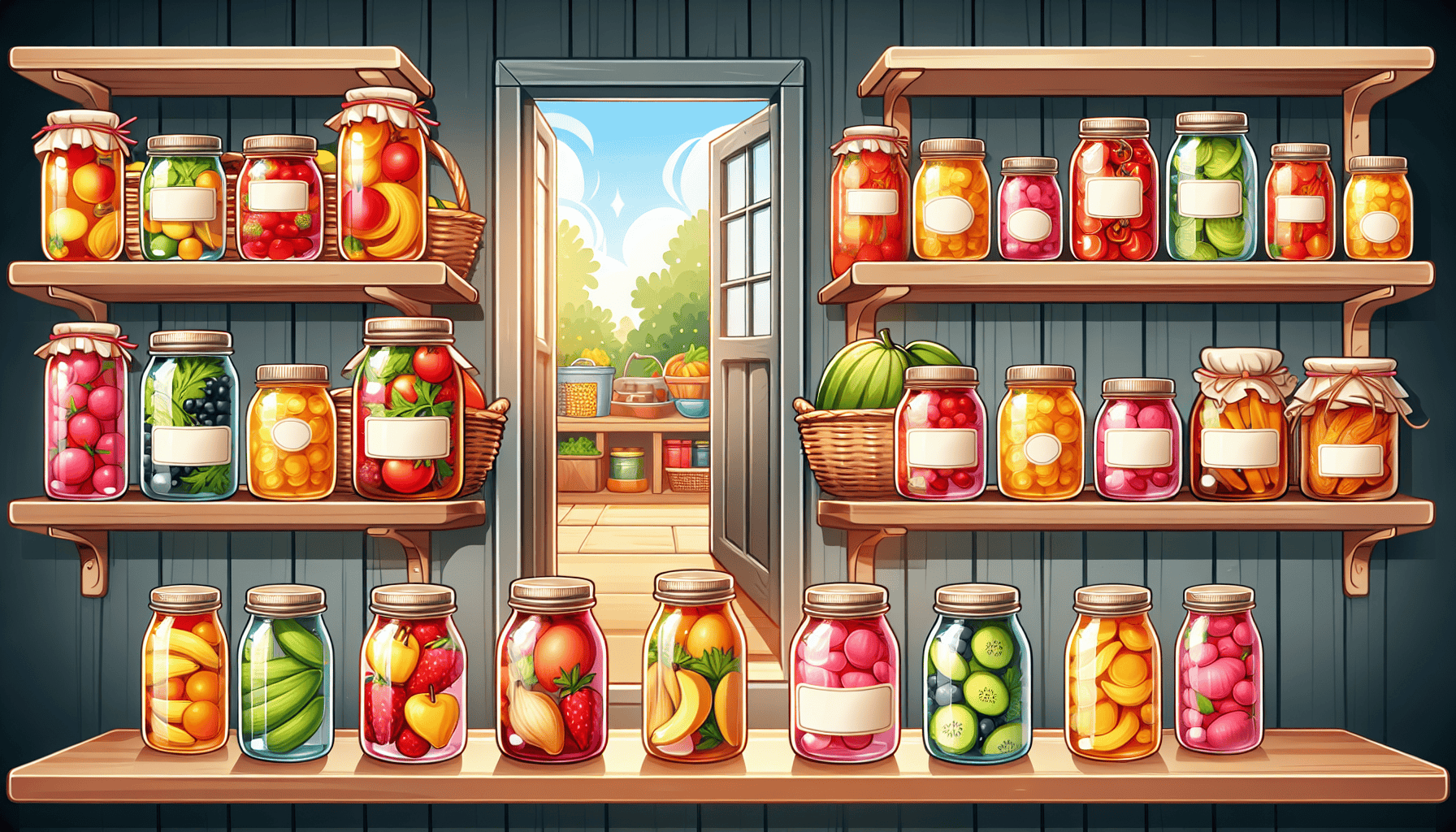
Looking to store a year’s worth of food? This guide breaks down how to store a year’s worth of food by calculating your needs, choosing long-lasting foods, and keeping them fresh. Let’s dive in!
Key Takeaways
Assess your unique dietary needs and calculate daily caloric intake for effective food storage.
Choose nutritious foods with long shelf lives, including bulk staples, canned goods, and freeze-dried options.
Implement an inventory system to keep track of food, ensuring proper labeling, rotations, and using digital tools for management.
Assessing Your Food Needs
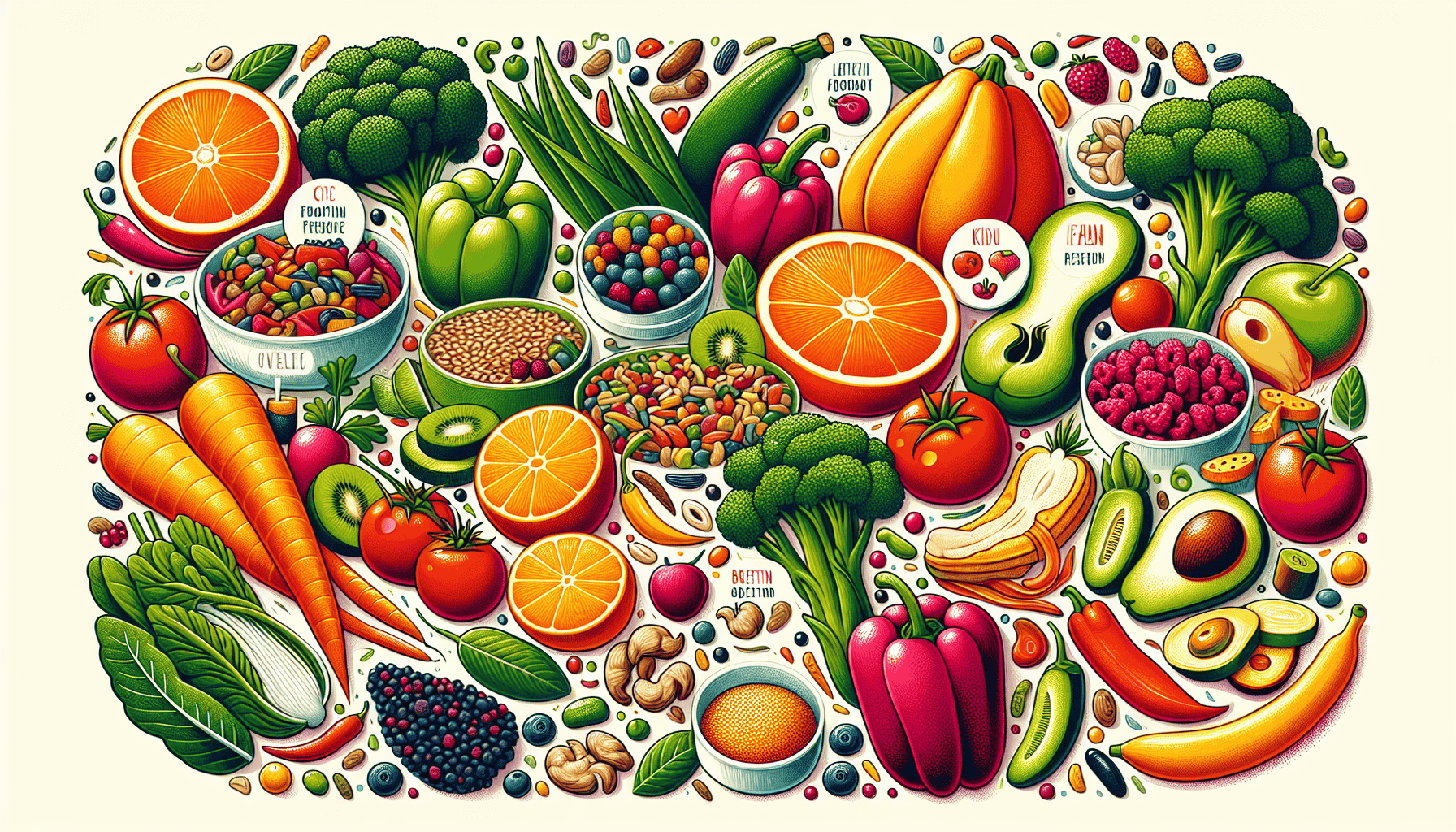
The initial stage in proficient food storage is to recognize the distinct dietary needs you have. Take into account your individual taste preferences and any particular health necessities that you or those in your family might possess. Adopting this personalized method guarantees the well-being and contentment of everyone, even during unexpected situations.
Start by determining the daily calorie requirements and confirm that there’s a diverse range of foods included to preserve their nutritional value. Divide this process into smaller, achievable steps for better manageability.
Calculating Daily Caloric Intake
The number of calories needed on a daily basis differs from person to person. An average adult male usually needs approximately 2,500 calories each day, whereas the typical caloric intake for women is about 2,000. This requirement can change due to factors such as age, gender and how active a lifestyle one leads.
To determine the annual caloric requirements for each member of your family, calculate their individual daily calorie necessities and then multiply that number by 365. It’s prudent to add a bit extra when estimating this figure in order to cover any unforeseen demands that may arise.
Variety and Nutritional Value
Having a variety of food storage options is crucial for fulfilling nutritional requirements and adding diversity to your diet. A well-rounded diet consists of proteins, carbohydrates, fats, vitamins, and minerals that together provide all the essential nutrients.
Including fruits and vegetables in your meals is vital as they are rich sources of necessary vitamins and minerals. To ensure you maintain a balanced diet even when fresh produce is not accessible, consider incorporating an assortment of canned goods alongside freeze-dried or dehydrated fruits and vegetables.
Choosing Foods for Long-Term Storage
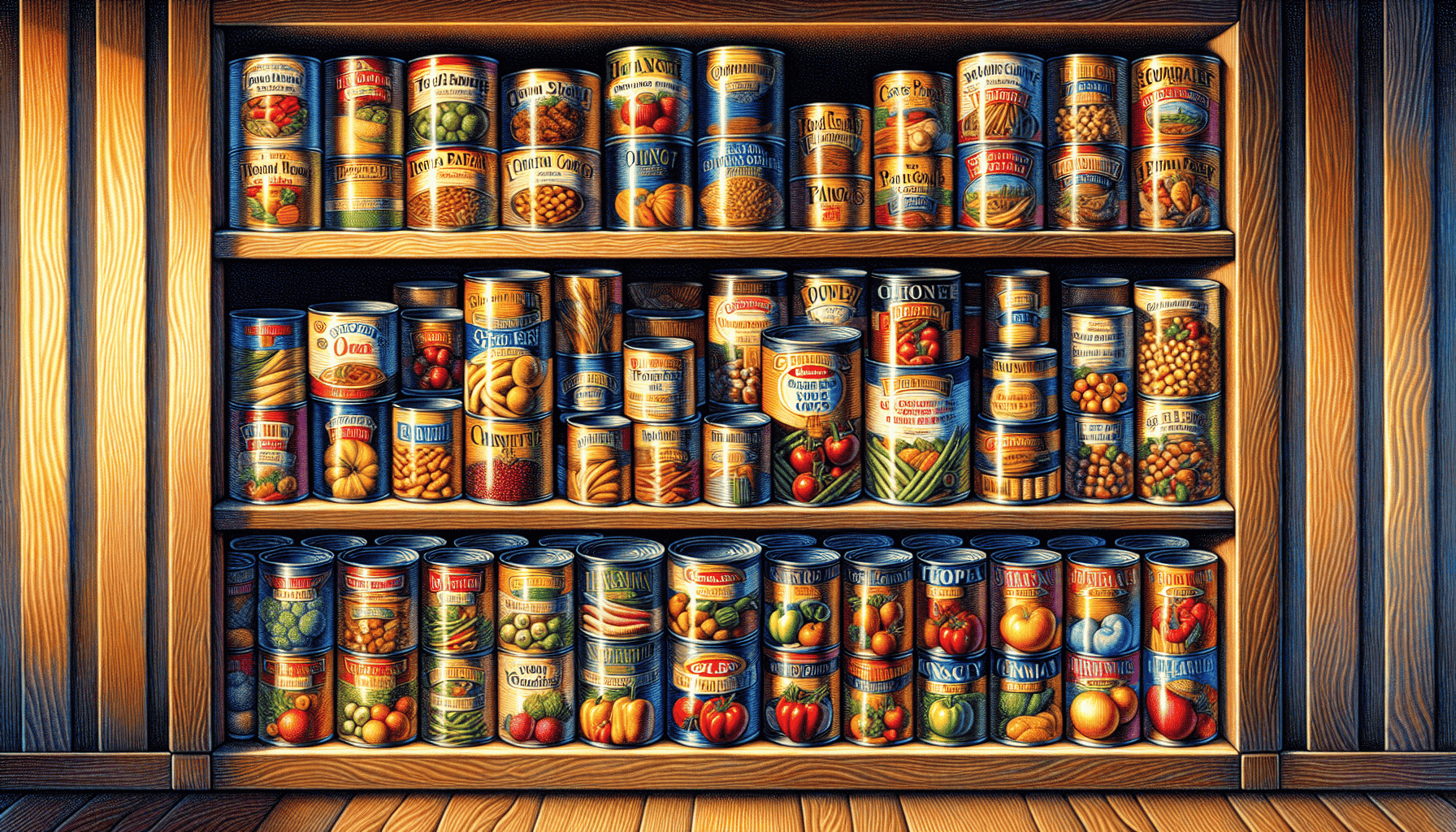
Upon evaluating your nutritional requirements, select foods that are ideal for extended storage due to their high nutritional value and prolonged shelf life.
Consider a combination of basic bulk items, canned goods, as well as freeze-dried food products.
Bulk Staples
Staples such as wheat, rice, beans, and salt are ideal for extended storage due to their longevity and affordability. When stored correctly, these items can remain usable for an extended period. Grains like oats, rye, and barley represent smart options for bulk storage.
To preserve the quality of these essential foods over time, it is crucial to keep them in containers that are sealed tightly against air intrusion.
Canned Goods
Preserving a variety of foods for extended periods is possible with canned goods, which can remain consumable for numerous years when properly stored. Incorporating items such as vegetables, fruits, and various meats into your stockpile ensures a diverse diet. Both store-bought canned food and safely prepared home-canned foods like chicken are valuable additions to ensure a well-provisioned larder.
To enhance the longevity of these preserved items’ shelf life, it’s important to keep them in an environment that is both cool and devoid of light while also regularly checking for any signs that the canned foods may have spoiled. Ensuring cans are correctly sealed and marked with their contents and expiration dates will aid in managing your pantry inventory effectively.
Freeze-Dried and Dehydrated Foods
Freeze-dried and dehydrated foods are not only rich in nutrients but also suitably light for prolonged storage. These types of food maintain the majority of their nutritional content and can be quickly reconstituted upon requirement.
To avoid spoilage and prolong their shelf life, it is essential to keep these foods sealed within containers that are impervious to air.
Storing Home Canned Foods

Ensuring the quality and safety of home-canned foods hinges on proper storage practices. It is essential to adhere to safe canning techniques, frequently examine both jars and lids for integrity, and maintain conditions ideal for storing canned goods.
Delve into these elements with greater specificity.
Safe Canning Methods
There are two main techniques for the canning process: water bath canning and pressure canning. High acid foods, such as fruits and tomatoes that have been canned, are aptly preserved through the water bath method involving boiling water. In contrast, a pressure canner is essential to achieve sufficiently high temperatures when preserving low-acid foods like meats and vegetables.
To guarantee food safety during the preservation process, it’s crucial to adhere strictly to reliable recipes and specific methods tailored for different types of food. Employing correct practices in canning safeguards against spoilage and potential contamination.
Inspecting Jars and Lids
Regularly examine your canning jars and lids for indications of spoilage such as off-odors, leaks, or bulging lids. Dispose of any jars that display these symptoms to avoid contamination.
Inspect the sealing area on the jars carefully for small nicks which could suggest that the seal might be broken.
Optimal Storage Conditions
Keep your home-canned goods in a dark, cool, and dry location to preserve their quality. A storage temperature ranging from 50-70°F is optimal as it helps ward off spoilage and prolong the shelf life of these foods.
Ensure that canned jars are not exposed to direct sunlight or positioned near sources of heat when you store them.
Packaging and Containers
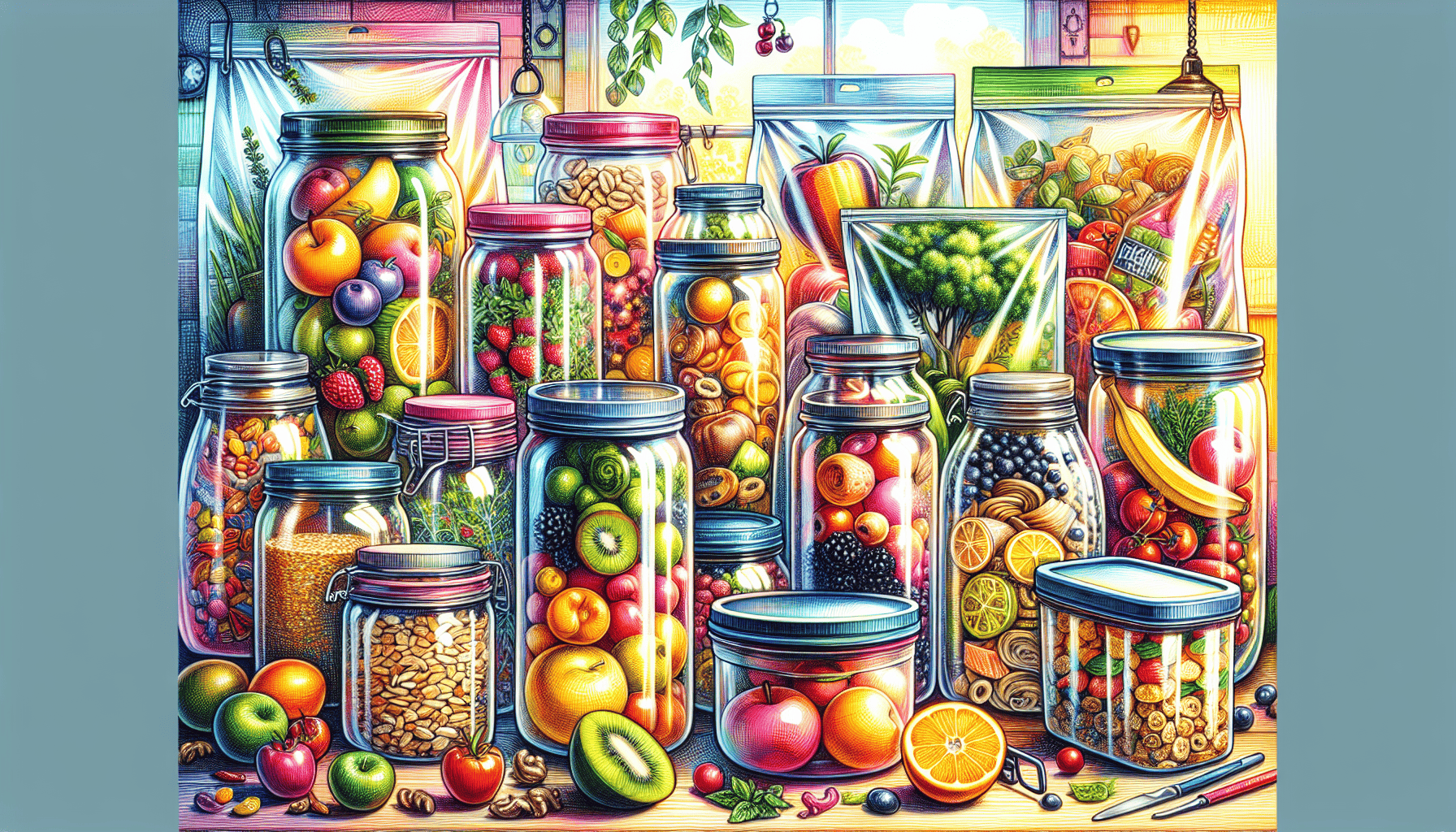
Choosing appropriate containers and packaging is essential to maintain the integrity of food storage. Opt for hermetically sealed containers, Mylar bags coupled with oxygen absorbers, and ensure consistent rotation of your inventory.
We should explore each of these strategies in detail.
Airtight Containers
By preventing contact with the surrounding air, airtight containers help preserve the freshness of dry food items. They serve as barriers against pests and moisture, safeguarding the edible and safety of the food.
Specifically, glass jars that come equipped with lids capable of creating a tight seal are especially efficient in accomplishing this task.
Mylar Bags and Oxygen Absorbers
Using Mylar bags in combination with oxygen absorbers ensures a sealed atmosphere, which greatly extends the shelf life of food products by reducing exposure to oxygen and maintaining their nutritional value and quality.
These bags are particularly advantageous for preserving grains along with other staples that are often kept for extended periods.
Rotating Stock
Implementing a First-In, First-Out (FIFO) method guarantees that the older food items are utilized prior to the newer stock, enhancing freshness and minimizing waste.
Consistently rotating your inventory is an effortless but powerful strategy for preserving the integrity of your stored food.
Creating an Inventory System
Managing food storage successfully hinges on having an efficient inventory system in place. Ensure that all food items are marked with clear labels and dates, and employ digital tracking tools to monitor your stock levels.
Delve into these methods for a more comprehensive understanding.
Labeling and Dating
Utilizing waterproof markers or labels to mark and date food items is essential for tracking their freshness and determining which ones should be used first.
Implementing this method is key to keeping a well-organized and effective system for storing food.
Digital Tracking Tools
Utilizing digital applications and tools can simplify the management of your food stock. By entering expiration dates and arranging reminders for rotating your items, you can minimize waste effectively.
A variety of apps exist to assist in organizing your food reserves with greater efficiency.
Emergency Food Supplies
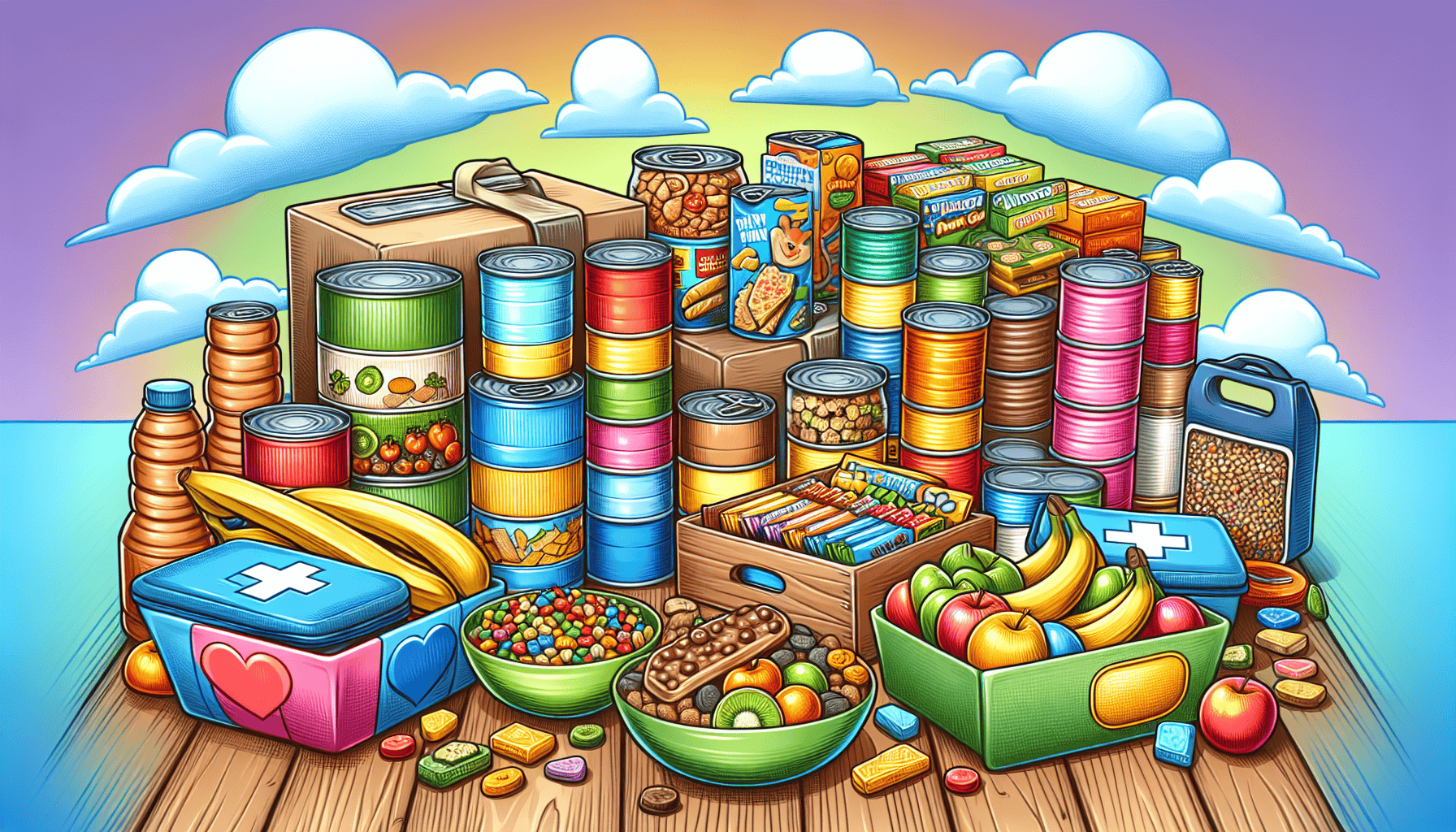
Emergency food supplies. To standard food storage, are essential. Ensure the inclusion of meals that can be eaten without preparation, snacks rich in energy content, and an ample supply of potable water.
Now let’s delve into the details of each element mentioned above.
Ready-to-Eat Meals
MREs, which stand for Meals Ready-to-Eat, offer a practical solution for emergency situations due to their convenience and lack of required preparation. By storing MREs, one can secure prompt availability of nutritious meals that do not necessitate cooking or any form of special packaging.
High-Energy Snacks
Keep high-energy snacks such as nuts, granola bars, and dried fruits in airtight containers to ensure they stay fresh and avoid spoilage. These items are ideal for delivering swift energy surges in urgent situations.
Water Storage
Securing a sufficient amount of purified drinking water is essential for survival, particularly in emergency situations. It’s important to store water in uncontaminated containers that are specifically designed for food storage and have tight-fitting lids to avoid any contamination. To guarantee the safety of stored water, consider using purification tablets, appropriate filtering systems, or boil the water.
Make it a habit to inspect your reserves of stored water routinely for any indications of contamination or leakage and replenish them when necessary.
Maintaining Food Quality
To maintain the safety and nutritional value of stored food, it is crucial to frequently inspect for signs of deterioration, manage both temperature and humidity levels adequately, and put into place robust measures to prevent infestations by pests.
Delve into each component thoroughly.
Checking for Spoilage
Consistently inspect your stored food for indications of deterioration, such as the presence of mold, unusual smells, and changes in color. Promptly dispose of any items that show these signs to inhibit contamination.
Maintaining this routine is essential to preserving both the safety and quality of the foods you have in storage.
Temperature and Humidity Control
Maintaining the correct temperature and humidity is critical to avert the deterioration and spoilage of food. The optimal range for storing food lies within 50% to 60% humidity.
To preserve the quality of food, it’s important to shield it from abrupt fluctuations in temperature as well as exposure to light.
Pest Prevention
Measures to control pests are crucial for protecting our food resources from being spoiled or contaminated. To keep pests at bay, store dry items in sealed containers and use Mylar bags equipped with oxygen absorbers for larger quantities of essential supplies.
Maintaining the right temperature and humidity conditions is equally important in averting infestations by pests.
Summary
Preserving enough food to last an entire year is a considerable task, yet with meticulous preparation and implementation, it can offer comfort and safety for your loved ones. It involves calculating your dietary requirements, selecting appropriate long-term storage foods, and employing the correct packaging and preservation techniques to establish a substantial supply that will endure through any crisis.
It’s essential to have an efficient inventory management system in place, periodically inspect for any deterioration of food quality, and manage both temperature as well as humidity levels vigilantly. These measures guarantee that the stored foods maintain their safety standards and nutritional value. By adopting these practices diligently, you’ll be equipped to handle various challenges confidently while ensuring that the sustenance needs of your family are sufficiently met.
Frequently Asked Questions
How do I determine the amount of food my family needs for a year?
To ascertain the annual food necessities for your family, determine the daily calorie requirements of each individual according to their age, sex, and level of physical activity. Once calculated, multiply this figure by 365 days.
By doing so, you will obtain a precise calculation of the amount of food required to meet your family’s needs throughout one full year.
What types of foods are best for long-term storage?
For long-term storage, focus on bulk staples like rice, wheat, and beans, along with canned goods and freeze-dried foods.
These options not only last long, but also provide essential nutrients when you need them most.
How can I ensure my home-canned foods are safe to eat?
To guarantee the safety of your home canned foods, it’s imperative to employ correct canning techniques—a water bath should be used for high acid foods while pressure canning is appropriate for those with low acidity.
Vigilantly monitor your cans and lids for any indications of spoilage and ensure they are stored under suitable conditions.
What should I include in my emergency food supplies?
Ensure that your emergency provisions include meals that do not require cooking, snacks high in energy such as nuts and granola bars, and a sufficient supply of potable water.
By doing this, you will be adequately equipped to handle any situation!
How can I maintain the quality of my stored food?
Ensure that the food you have stored remains fresh and full of nutrients by consistently inspecting for any signs of spoilage, and managing the temperature as well as moisture levels in your storage space.
Remember to implement measures aimed at warding off pests to maintain the quality of your stored provisions.





